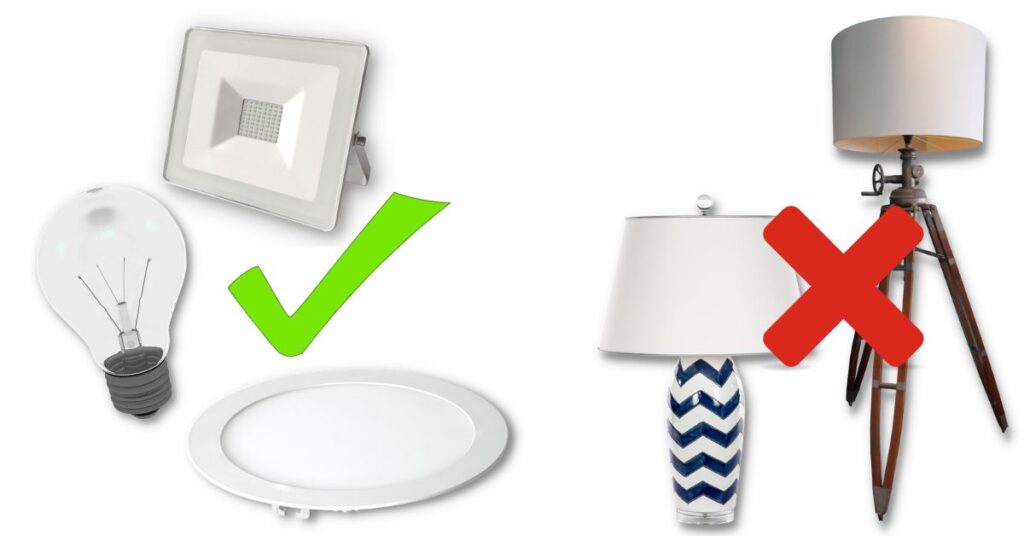
Which lighting products are covered by Ecodesign requirements?
A lighting product is considered to be a light source, but also a control gear, i.e. all kinds of power supplies and electronic components. The labeling rules do not apply to luminaires (although the label previously applied until 25 December 2019). A luminaire is a complete electrical fixture that distributes, filters or converts light from one or more lamps (for example, a table, wall or ceiling lamp). However, if the luminaire contains a replaceable light source, it is necessary to identify this source. In the case of luminaires where the light source is non-replaceable, the entire luminaire is considered to be the light source.
Which lighting products the ECODESIGN requirements apply to:
- White light sources only. Red, green or other light sources are excluded, unless it is possible to obtain white by mixing these colors within one source
- Flux from 60 lm to 82,000 lm
- The flux of the source converted to the dimension of the illuminating surface should be less than 500 lm/mm2
- Medical, automotive, etc. special lamps are excluded.
Consequences of non-compliance with the Ecodesign requirements
The penalty for failure to comply with EPREL is between one and ten times the national average, up to PLN 100,000 for a non-compliant product. On top of that, there are the costs of withdrawing the product from the market and the costs that the product inspection authority will incur. The product may end up in the OCCP’s Register of Non-Compliant and Hazardous Products and in relevant EU registers. It should also be emphasized that the awareness of consumers today is increasing and one should take into account the fact that unmarked products can be chosen less frequently by them.
Benefits for end users
Nowadays, the topic of energy consumption is a very important aspect of consumer choice of products. High energy prices force them to look for savings and they more often choose products that consume less energy. In addition, today’s science proves that natural and electric light has a huge impact on the human well being, therefore the introduction of requirements for the appropriate quality of lighting products is certainly beneficial for consumers, as it limits the access of poor-quality products that may have a negative impact on people. Thanks to the label with a clear indication of energy efficiency and a reference to the EPREL database, where one can find quality parameters, everyone can make an informed purchase decision.
